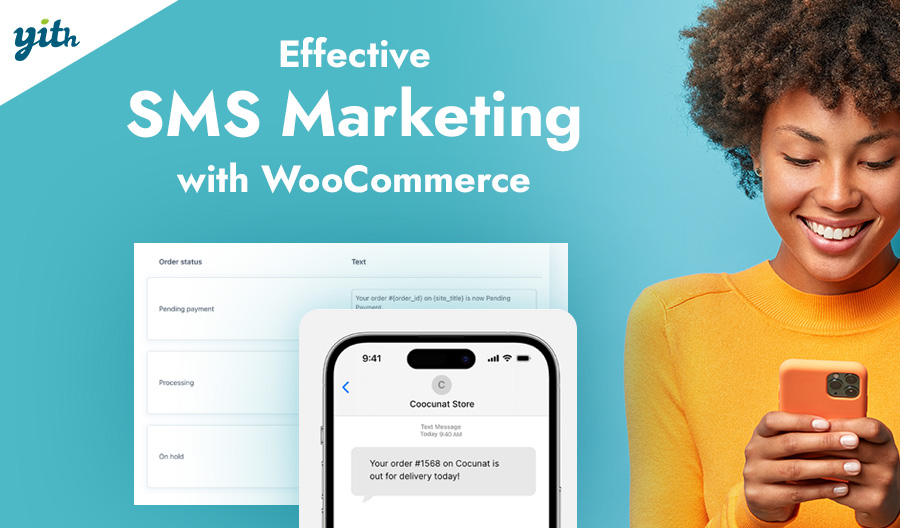In one of my previous articles I’ve stated that one of the worst thing for online sellers is to see customers add items to their carts only to drop it and leave the store before buying anything
Surely this practice is among the most annoying ones customers have, but the single worst one has to be refund requests.
Let’s make this clear: no seller wishes to see any of their buyers come back angry asking for their money back, that’s why refund requests have always been a sore spot for online stores.
There are two main reasons behind most refund requests:
- The product is not as described in your store, it’s broken or defective
- The customer got confused and/or bought the wrong item
In the first case it’s our responsibility as salesmen to be honest and clear about our transactions, in the the second case, how can we protect ourselves from other people’s negligence? Or how can we even profit from it?
These are dark times for online security and people tend not to trust other people they don’t know. In order to face this skepticism we need to be clear with customers and answer any question before they are even asked.
Always remember: in the presence of any doubt, customers are not willing to risk their money.
That’s why it’s essential for your store that you create a specific page in which you describe your refund policies on refunds and returns.
Also keep in mind that online transactions are very different from physical ones, especially when we are trading in specific kinds f products such as clothing.
If you bought a shirt from a store and you find out it isn’t the right size, you just go back to the store and explain your issue, besides, you also have the chance to try it on before you buy it… While online stores don’t offer this opportunity.
And that’s the reason why it’s important to rely on information provided by other customer, answering common questions such as “What if it doesn’t fit?” “Will I be able to return it?” up front is a great idea.
Once your policy page is created, we need to make it easily accessible by customers. People are often interested In knowing if your refund policy implies additional expenses on their behalf.
That’s why, in addition to creating the page, I recommend you include direct links to your policy page in the customers cart and checkout page.
The more you’re clear about your policies, the more your customers will trust you and your store, which will have two direct consequences.
- Refunds requests caused by carelessness and lack of knowledge on your policies will drastically decrease
- Your sales will increase thanks to all of those customers who used to be unsure on whether to buy from your store or not.
Here are a couple more tips on how to set your refund policy in order to further improve your sales thanks to appearing reliable to your customers:
- Offer to cover expenses in case of returns – A lot of customers do not look kindly at return/refund policies that require extra costs… especially if that was caused by your mistake.
- Set reasonable refund/return times – As an example: a 7 days return policy means nothing if the delivery itself takes 10 days.
Finally I recommend you invest in a wide range of payment methods being available at your store, which will increase your customer’s confidence and consequently your conversion rate.
A good way to do so is to encourage customer reviews, as they are a strong proof of quality and it’s great to have somebody else rather than you talking about how reliable your services are.



